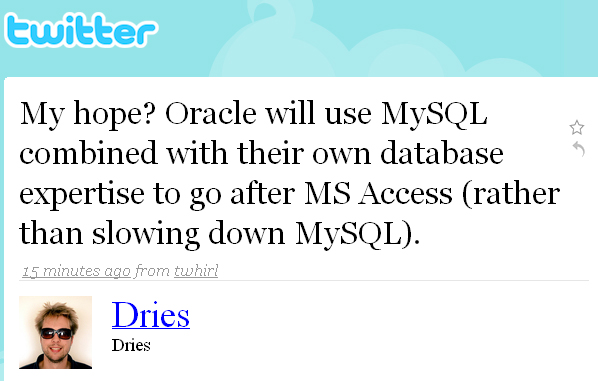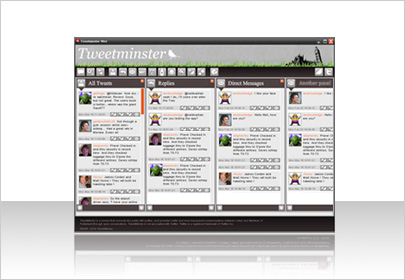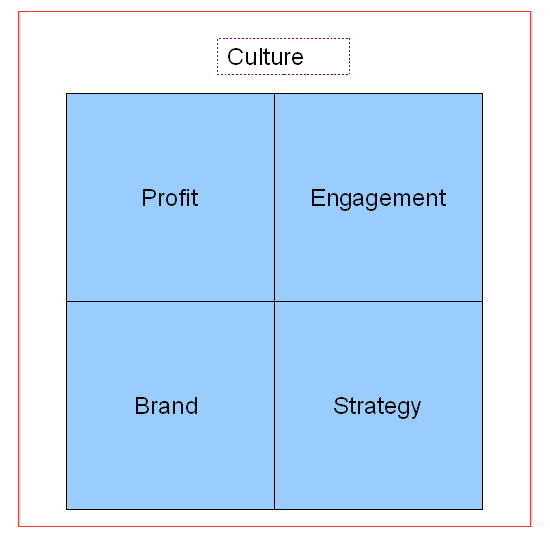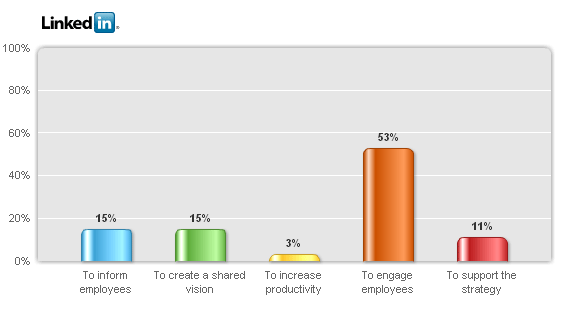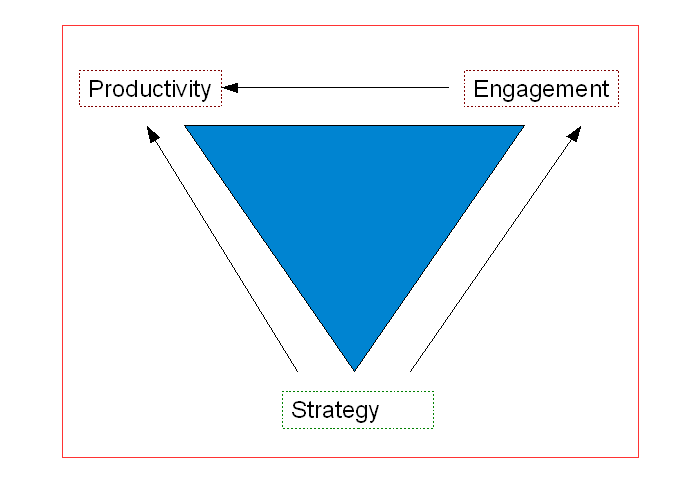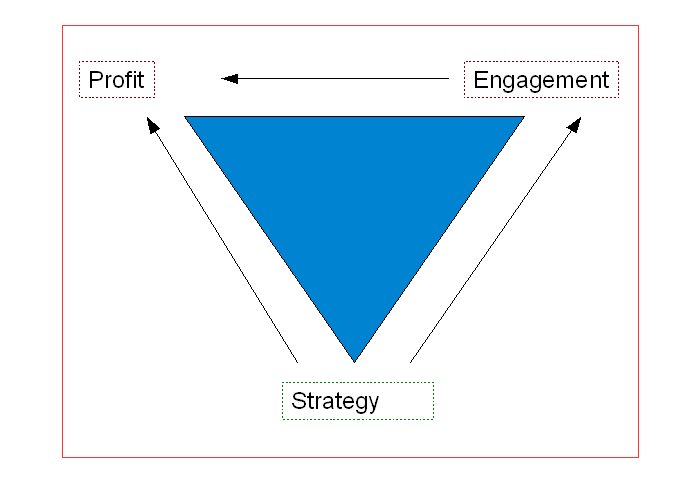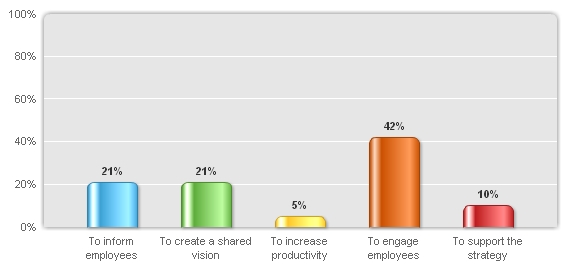Mike Gotta has produced a very useful Field Research Study for Burton: Social Networking Within the Enterprise (free registration required). There’s a good exec overview at CIO.com: Report: Enterprises Struggle to Adopt Social Networking Internally. Note however, CIO’s somewhat negative angle there, a closer read shows that there are a number of key hurdles to overcome:
Culture
Winning over old ways of doing things is key – ‘we communicate top down’ is an issue to be turned into an opportunity. Cultural dynamics are central. Conservative practices will win through, unless countered with a winning and workable option. In this HR is pivotal- you need to have HR on side. For IT, the argument is different – Gotta argues that IT need to see that the needs of the business are what counts, not their systems. As one respondent put it:
“[IT] people are not thinking about what’s best for the company, but rather what’s best for SharePoint. Ops is a consideration, but at the end of the day, it’s the business that counts.”
Therefore IT need to be won over if effective ESN is to see the light of day.
Business Case and ROI
What was really interesting was the business case and ROI for Enterprise Social Networks. The data shows a lack of clarity on either in the respondent’s minds. What this highlights is the need for the technologies to solve specific solutions rather than being a nice to do exercise. After all, no other project would be rolled out without such. However, and here’s the rub – as Gotta reminds us, there’s no set and agreed way of measuring ROI in this area. These are the dichotomies that make funding more and more difficult to ‘attain (and sustain)’:
• ROI is the wrong focus vs. ROI is still appropriate.
• Current approaches for analyzing web systems are sufficient vs. no best practices on what to measure in social environments.
• Current web usage analysis tools are “good enough” vs. social network analysis tools are needed (but not mature).
People in Userland
Early adopters are essential. Make it easy to use. Pitfalls to avoid are actually trying to mimic Facebook inside the firewall – this confuses people. Instead build communities, bring people together as Profiles, based on their need to collaborate and share expertise.
Plan
Plan + Legals & Governance – do it upfront, or pay later. We know this – why do people forget it?!
Platforms
One thing the Burton Report shows very clearly is that platforms are coming to the fore. Lotus Connections, Microsoft’s SharePoint and Jive Clearspace at the fore.
Conclusion
I think CIO’s conclusion is too negative. We are still at the watershed however and which way the current flows is still undecided. From what I’m seeing in the UK, there’s a great deal of interest in the Enterprise Social Network, but equally the confusion and suspicion Burton has identified also prevail. There’s also an ascendancy of SharePoint here. Almost whenever social media comes up in any of the major career sites, it’s SharePoint MOSS that’s cited as the platform being used. This may have interesting consequences for the UK. Take for example Thomas Vander Wal’s SharePoint 2007: Gateway Drug to Enterprise Social Tools:
SharePoint has value, but it is not a viable platform to be considered for when thinking of enterprise 2.0. SharePoint only is viable as a cog of a much larger implementation with higher costs.
If this becomes the de facto E 2.o platform in the UK, will the ‘larger implementation’ ever really succeed?
Footnote
This list of benefits is one I personally am going to learn off by heart!
• We need to connect people globally.
• We need to address generational shifts.
• We need to break down barriers.
• We need to “know what we know.”
• We need to collaborate better.
• We need to innovate from the bottom up.
• We need to learn differently.
